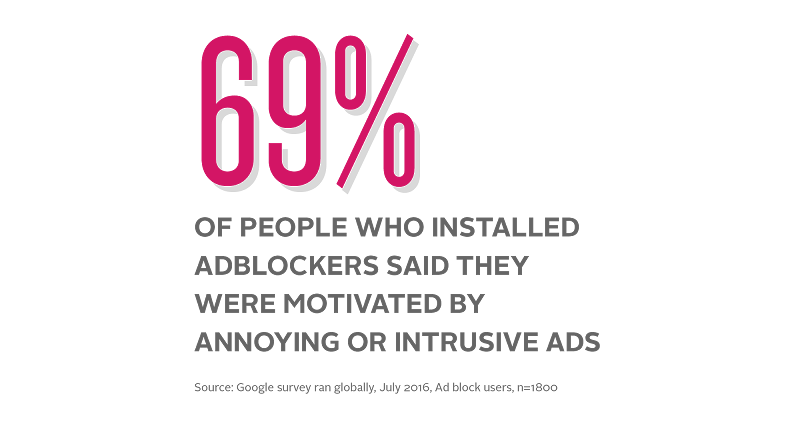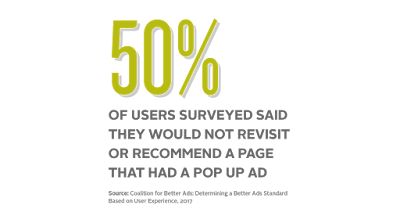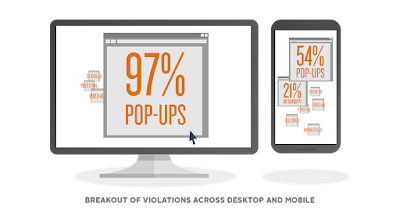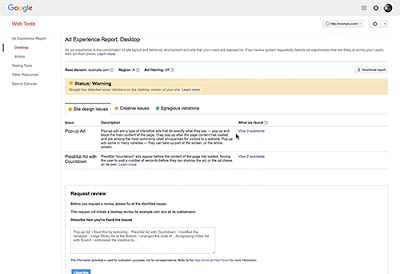Expand your reach
First, as part of the new planning workflow in DoubleClick Bid Manager, we recently launched a new campaign object that lets you group Insertion Orders (IOs), so you can more efficiently manage your ad buys. For example, this will help you improve the reach of your campaign by allowing you to set up frequency capping across Programmatic Direct deals and open auction IOs, so you can be sure that your open auction campaigns reach consumers who haven’t been already exposed to your ads. You can create a new campaign in just a few simple steps*.Second, we have introduced a slider that lets you expand your similar audience lists* so you can choose if you want maximum reach, higher similarity or a balance of the two. For example if you’re a toy retailer, your sales during the holiday season are likely going to be critical in determining your success for the entire year. To capture the increased holiday demand, you can use the slider to choose to reach the most possible consumers who look like your frequent purchasers. Once the sales peak has passed, you can scale your similar audience campaigns back to focus on more similarity.
You can find the new expansion slider in the Audience lists targeting tab of your line item level settings.
Optimize campaigns faster
By following the steps above, you can improve the setup of your campaigns and give them the best chance of success, but once your campaigns are up and running, you need a fast way to spot if things are not going according to plan. To help you with this, we recently introduced a new optimization view that allows you to quickly focus on campaigns that are not on track to achieve their spend and performance goals.Once you know where you should focus your attention, you’ll be able to quickly determine what is driving the poor performance. By segmenting the data along dimensions (site, time of day, day of week, environment and more), you can easily see what is impacting performance.
In addition to surfacing key insights, the optimization view also provides suggestions on how you could optimize Line Item budgets within an IO. This way you can spend time making strategic decisions and not calculating how you should re-allocate budget across different Line Items.
Since using the new optimization view, our partner OMD Australia has been getting more granular insights faster:
"The optimization view has been helping us get quick insights, such as top performing placements and times of day. With this information we can immediately change our strategies to boost campaign performance without having to manually pull reports."
- Jiff Kumar, Programmatic Trader at OMD Sydney
You can access the new optimization view* at the IO or Line Item level by selecting Optimization from the drop down menu next to the New Insertion Order or New Line Item buttons in the DoubleClick Bid Manager.
Posted by Deirdre Athaide and Rod Lopez
Product Managers, DoubleClick Bid Manager
















